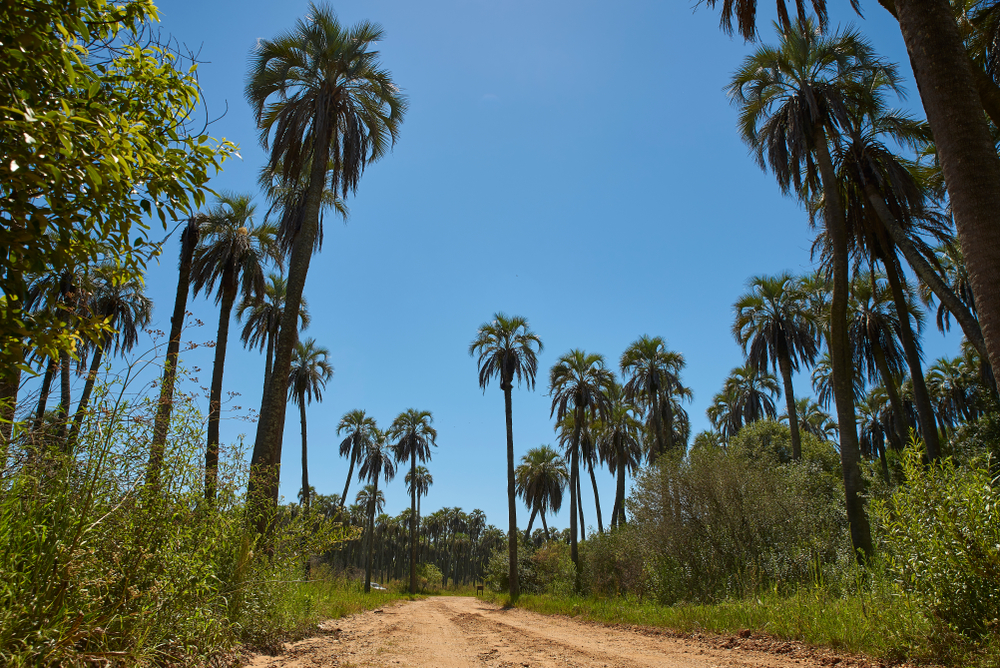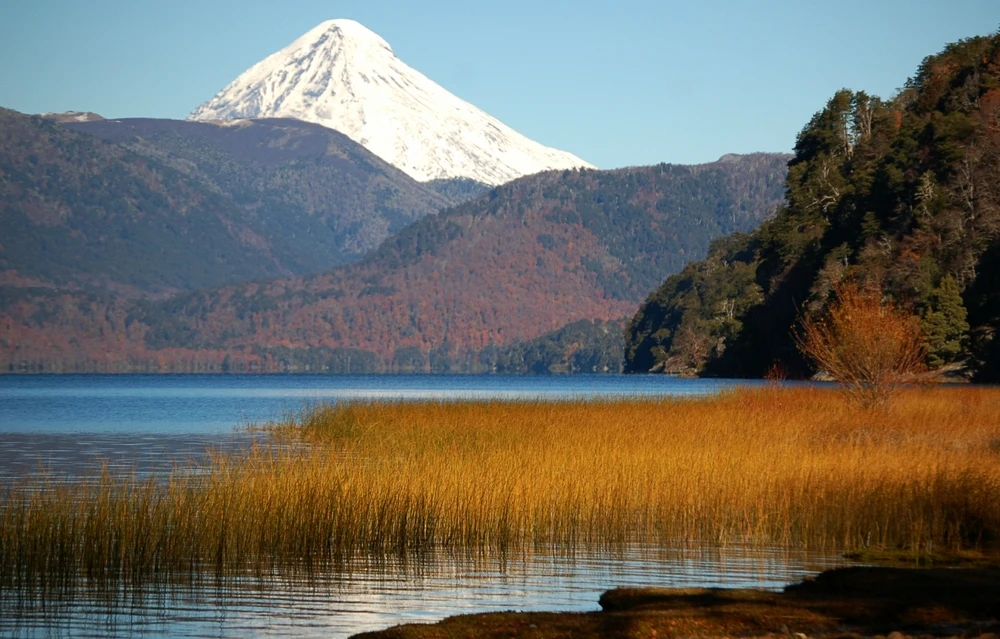Baritu Overview
Baritú National Park, known as Parque Nacional Baritú in Spanish, is a remote and ecologically rich protected area located in the province of Salta, Argentina. Covering approximately 279 square miles (720 square kilometers), the park sits in the extreme north of the country, bordering Bolivia.
It is the only national park in Argentina that lies entirely within the Yungas, a dense and humid subtropical forest ecosystem. Due to its geographical isolation, with access routes requiring passage through Bolivia, Baritú remains one of the least-visited and most pristine national parks in the country.
The park’s terrain is characterized by lush, cloud-covered mountains and deep valleys that are shaped by fast-flowing rivers and streams. The elevations range from around 1,300 feet (400 meters) to over 6,600 feet (2,000 meters), creating a diverse array of microclimates.
Thick forests of cedars, laurels, and walnut trees dominate the lower elevations, while higher regions transition into montane forests filled with tree ferns, mosses, and orchids. The Río Lipeo and its tributaries wind through the park, providing vital water sources that sustain the dense vegetation and wildlife.
Baritú National Park is home to a remarkable variety of wildlife, including some of the most elusive species in Argentina. Large mammals such as jaguars, pumas, and ocelots roam the dense forests, while smaller species like tapirs, peccaries, and howler monkeys add to the biodiversity.
The park is also an important refuge for rare and endangered bird species, including the ornate hawk-eagle, the Andean condor, and the yacutoro, a unique black-and-red cotinga. Brightly colored toucans, parrots, and hummingbirds thrive in the canopy, making Baritú a paradise for birdwatchers and nature enthusiasts.
One of the park’s most intriguing aspects is its unspoiled nature. Unlike other national parks in Argentina, Baritú does not have developed tourist infrastructure, making it a true wilderness destination.
Visitors who do make the journey can experience hiking along rugged trails, camping in the heart of the Yungas forest, and observing wildlife in its natural habitat. The park also attracts scientific researchers studying its rich biodiversity, as it serves as a crucial corridor for species that move between Argentina and Bolivia.
Despite its remote location, Baritú faces conservation challenges, primarily due to illegal hunting and deforestation in surrounding areas. However, its status as a national park provides essential protection, and conservation efforts focus on preserving its forests and ensuring that its rare species continue to thrive.
The park remains a symbol of Argentina’s commitment to preserving its natural heritage, offering a glimpse into one of the country’s most untouched and biodiverse ecosystems.

















































































